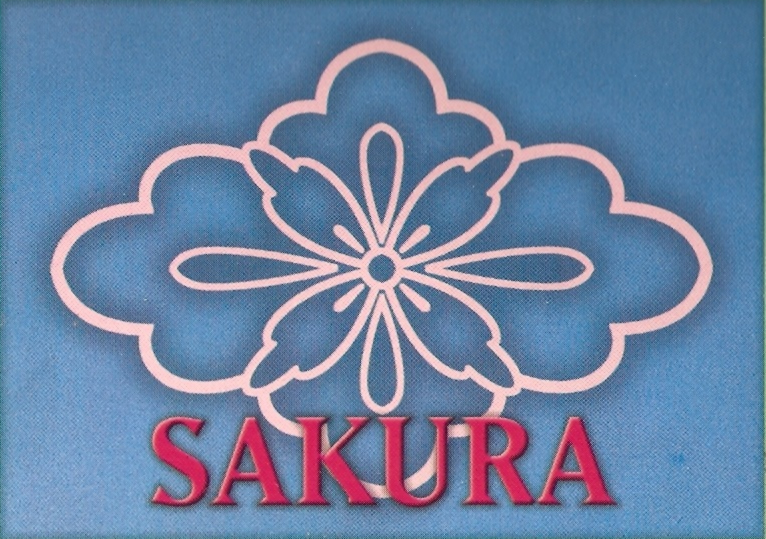“Tapioca pearls are also known as boba in some cultures. It is produced by passing the moist starch through a sieve under pressure. Pearl tapioca is a common ingredient in Asian desserts such as Falooda, kolak, tapioca pudding, and in sweet drinks such as bubble tea, fruit slush and taho, where they provide a chewy contrast to the sweetness and texture of the drink. Small pearls are preferred for use in puddings; large pearls are preferred for use in drinks. These large pearls most often are brown, not white (and traditionally are used in black or green tea drinks), but are available in a wide variety of pastel colors. Not only are they used in the aforementioned drinks, they are also available as an option in shave ice and hot drinks. In addition to their use in puddings and beverages, a recent innovation has seen tapioca pearls baked inside of cakes.”
“Tea is considered the most consumed beverage in the world behind water. Green tea is made from un-oxidized leaves and is the least processed type of tea and therefore contains the most antioxidants and beneficial polyphenols.
Green tea was used in traditional Chinese and Indian medicine to control bleeding and heal wounds, aid digestion, improve heart and mental health and regulate body temperature. Recent studies have shown green tea can potentially have positive effects on everything from weight loss to liver disorders to type 2 diabetes.
Green tea is considered one of the world’s healthiest drinks and contains the highest amount of antioxidants of any tea. The natural chemicals called polyphenols in tea are what are thought to provide its anti-inflammatory and anti-carcinogenic effects.”


